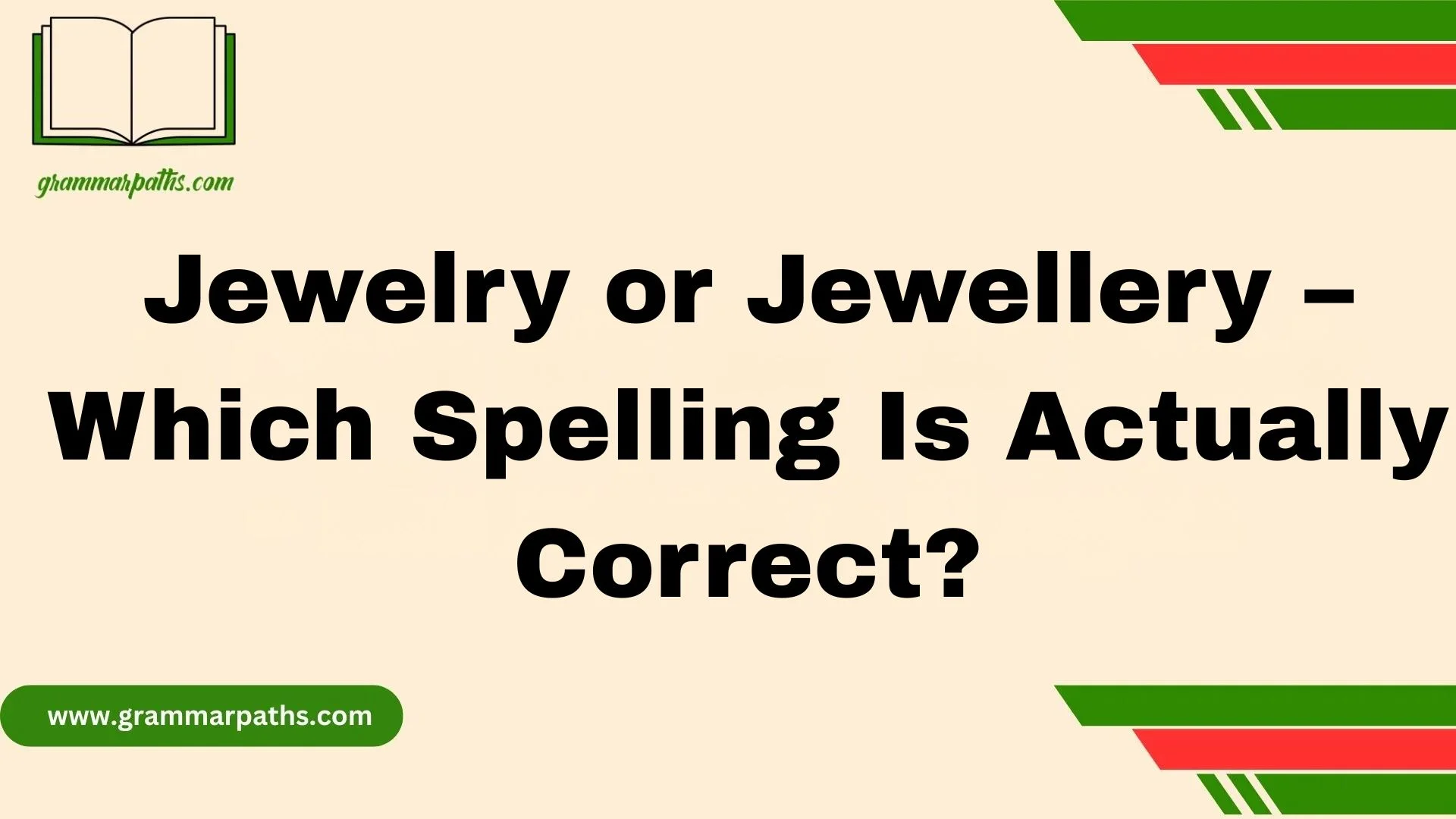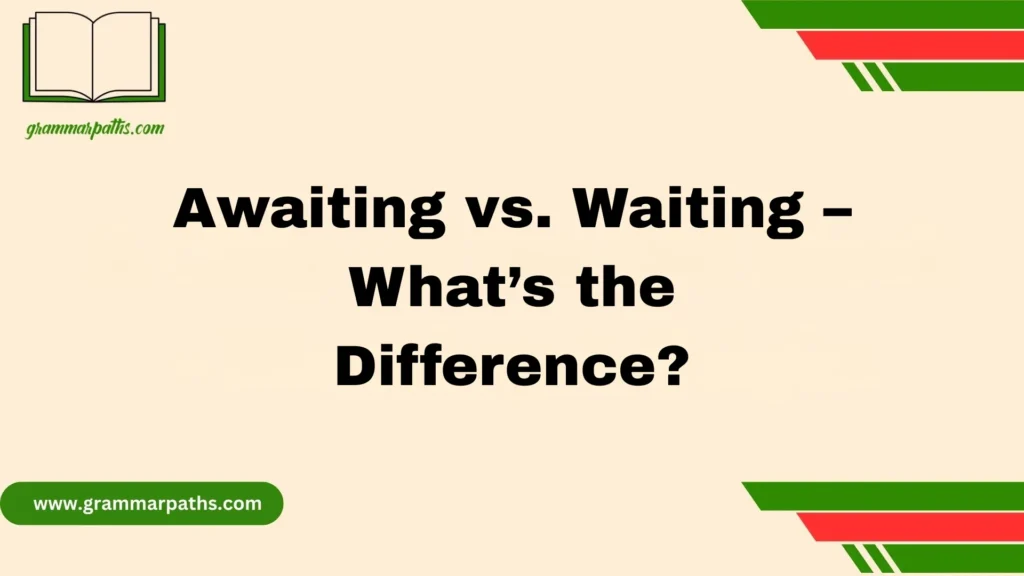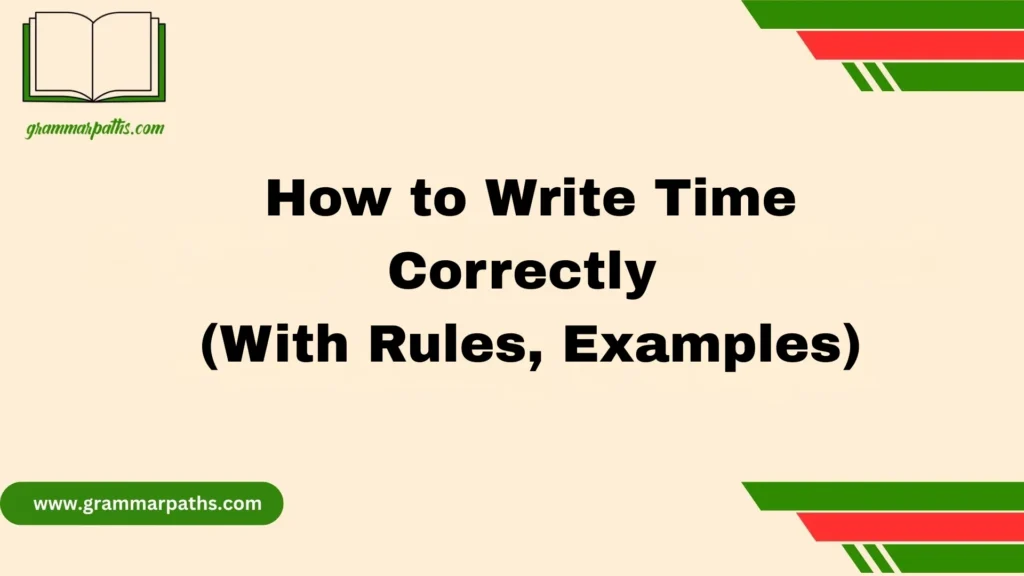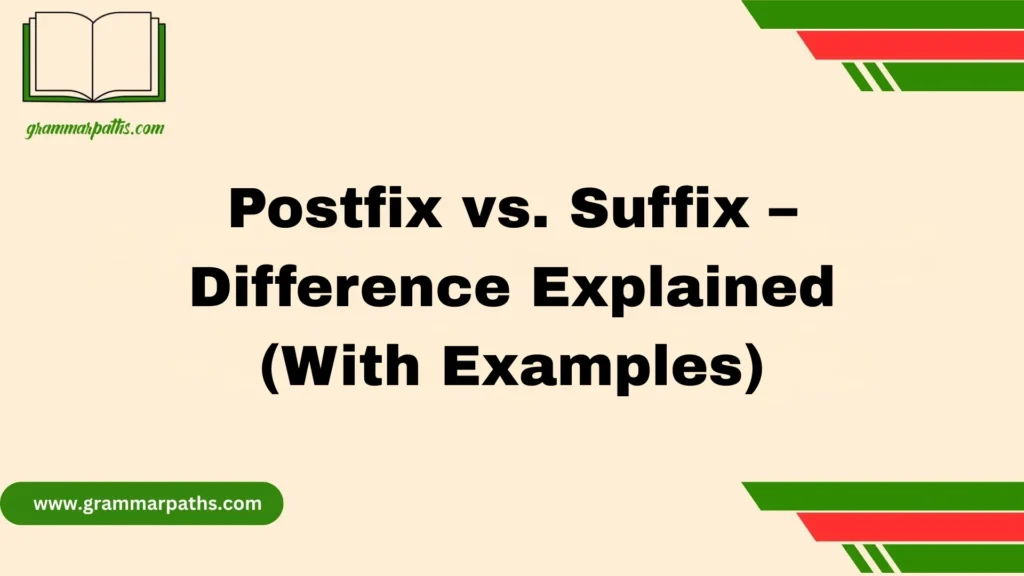When it comes to jewelry or jewellery, the spelling depends largely on the region and the varieties of English you are using. In American English, jewelry is the preferred standard, while in British English, Australian English, and other non-North American varieties, jewellery is common. Even in Canadian English, both forms exist, though jewelry usually has a margin of preference. The words jeweler and jeweller, or jeweled/jewelled, jeweling/jewelling, show similar regional differences. These distinctions may seem minor, but they reflect a legacy of linguistic reform influenced by figures like Noah Webster, the educator and lexicographer who published his famous dictionary in 1831, aiming to simplify language and spelling for American English.
Historically, the occurrence of these spellings in books from 1800 to 2019 shows immediate and permanent influence, which is evident in ngrams that track the forms used over time. Working with materials such as jewel or jeweled objects in machines for crafting jewelry was also part of this evolution. These attempts to standardize spelling were instrumental in shaping the simpler, preferred forms today, giving educators, lexicographers, and craftsmen alike a clearer, more consistent approach to jewelry around the world.
The Origins of the Word “Jewelry”
The word jewelry originates from the Latin word jocale, meaning “plaything” or “ornament.” Through Old French, it transformed into jouel, signifying a precious ornament or gem. English borrowed it as jewel, initially referring to gemstones, then evolving to describe crafted decorative items worn for beauty or status.
Early English texts from the 14th and 15th centuries show writers using jewel and jewellery interchangeably. These early variations reflected both the influence of French craftsmanship and the growing popularity of decorative adornments in Europe.
Key Facts:
- Latin root: jocale → playful ornament.
- Old French influence: jouel → jewel.
- First English usage: 1300s, referring to gemstones.
- Meaning evolution: From gemstones → ornamental pieces → general decorative items.
The evolution demonstrates how language adapts to social trends, trade, and cultural interactions. Jewelry has always symbolized wealth, status, and artistry, so its linguistic journey mirrors its material significance.
How British and American English Diverged
Spelling differences between jewelry and jewellery highlight the broader divide between British and American English.
British English: Jewellery
In Britain, the standard form has long been jewellery, following traditional spellings influenced by Old French and Latin. British English tends to retain more historical letterings, emphasizing etymology and classical roots.
American English: Jewelry
In the United States, spelling was simplified to jewelry in the 19th century. This was part of a larger movement led by linguist and lexicographer Noah Webster, who aimed to make American English more phonetic and easier to learn.
| Feature | British English | American English |
| Spelling | jewellery | jewelry |
| Pronunciation | /ˈdʒuː.əl.ri/ | /ˈdʒuː.əl.ri/ |
| Dictionary Influence | Samuel Johnson | Noah Webster |
| Usage | UK, Australia, India | USA, Canada (often jewelry) |
Using the correct form signals attention to regional norms, especially in publishing, marketing, or academic work.
The Influence of Dictionaries and Linguists
Dictionaries didn’t just record language—they shaped it.
- Samuel Johnson’s Dictionary (1755): Johnson’s work standardized British spellings, including jewellery, reflecting traditional forms with historical roots.
- Noah Webster’s American Dictionary (1828): Webster intentionally simplified many spellings, removing extra letters when pronunciation didn’t require them. Hence, jewelry became the American standard.
Webster believed that simpler spellings could improve literacy and reduce confusion. His influence was so strong that American textbooks, newspapers, and signage quickly adopted these forms.
Quote: “A new nation must have a language as clear as its future.” – paraphrased from Noah Webster’s philosophy
Understanding these dictionary influences helps explain why both spellings are correct depending on geography.
Regional Variations Beyond the US and UK
Outside the US and UK, spelling varies based on local education, publishing standards, and historical influence.
- Canada: Often flexible; newspapers may favor jewelry, while traditional institutions lean toward jewellery.
- Australia & New Zealand: Follow British norms → jewellery.
- India & South Africa: British English dominates, so jewellery is standard.
The internet and global e-commerce are slowly blending these norms. Many online platforms default to jewelry to appeal to American audiences, even in traditionally British countries.
The Rules You Can Follow
So how do you know which spelling to use? Here’s a practical guide:
Writing for Different Audiences
- American audience: Always use jewelry.
- British or Commonwealth audience: Use jewellery.
Context Matters
- Academic papers or official documents: Follow regional dictionary standards.
- Marketing and e-commerce: Consider audience location for SEO optimization.
Examples
- American: “She bought a beautiful piece of jewelry for her birthday.”
- British: “The Queen’s jewellery collection is world-famous.”
Consistency is key. Switching between spellings in a single document can appear careless.
Cultural and Symbolic Significance of Jewelry
Jewelry is more than a decorative item—it conveys meaning, status, and identity.
- Royalty & Nobility: Crowns, tiaras, and ceremonial pieces signify power and wealth.
- Cultural Symbols: In India, gold jewelry often represents prosperity and is essential for weddings.
- Personal Expression: Modern jewelry allows individuals to showcase personality, style, and sentiment.
The spelling may differ, but the importance of jewelry across societies remains universal.
Jewelry Through the Ages
Jewelry trends have evolved alongside civilizations, reflecting art, fashion, and technology.
Timeline Highlights:
- Ancient Egypt: Gold and gemstones; pharaohs adorned with intricate designs.
- Roman Empire: Cameos, rings, and religious symbols.
- Middle Ages: Heraldic jewelry and religious artifacts.
- Renaissance: Ornate designs, influence of Italian artisans.
- Modern Era: Mass production, mixed metals, and personalized pieces.
| Era | Key Jewelry Type | Cultural Significance |
| Ancient Egypt | Gold collars, amulets | Status & afterlife beliefs |
| Roman Empire | Rings, cameos | Social rank & personal adornment |
| Middle Ages | Brooches, pendants | Heraldry & religion |
| Renaissance | Gem-studded necklaces | Wealth & artistic expression |
| Modern Era | Engagement rings, watches | Fashion, identity |
Spelling evolved alongside these trends, reflecting printing practices, literacy rates, and regional influences rather than the jewelry itself.
Common Mistakes and Misconceptions
Even experienced writers stumble on this topic.
- Misconception: One spelling is “wrong.” Reality: Both are correct regionally.
- Misuse in branding: Some companies mix spellings, confusing global audiences.
- impact: Using the American version jewelry in US-targeted content improves search ranking, while jewellery works better for UK audiences.
Quick Tips to Avoid Mistakes:
- Determine your primary audience first.
- Pick one spelling and use it consistently.
- Check local dictionary guidelines if writing for academic or official purposes.
Conclusion
In summary, whether you use jewelry or jewellery depends on the English variety and regional preferences. American English favors jewelry, while British English, Australian English, and most other non-North American varieties prefer jewellery. Both forms share the same meaning, referring to jewels, jeweled objects, or jeweling work, and their usage has been shaped by historical reform, influential figures like Noah Webster, and lexicographers over centuries. Understanding these differences helps maintain clarity in writing, ensures standard communication, and honors the legacy of the language.
FAQs
Q1: Is “jewelry” correct in British English?
While jewelry is understood, jewellery is the preferred spelling in British English, Australian English, and other non-North American varieties.
Q2: Why is there a difference between “jewelry” and “jewellery”?
The difference comes from historical reform in American English led by Noah Webster, who aimed to create simpler, standard spellings, while British English retained older forms.
Q3: Can “jeweler” and “jeweller” be used interchangeably?
Yes, but jeweler is typical in American English, and jeweller is common in British and Australian English.
Q4: Do “jeweled” and “jewelled” mean the same thing?
Absolutely. Jeweled is American, jewelled is British, both describing objects adorned with jewels.
Q5: Has the spelling changed over time?
Yes, ngrams and books from 1800 to 2019 show that the occurrence of these forms became more immediate, permanent, and instrumental in standardizing jewelry usage globally.

Mia Rose is the passionate writer and founder of GrammarPaths.com, a resource dedicated to helping learners master English grammar, idioms, and writing skills with ease. With a deep love for language and years of experience in teaching and content creation, Mia simplifies complex grammar rules into clear, practical guides that readers can instantly apply.










